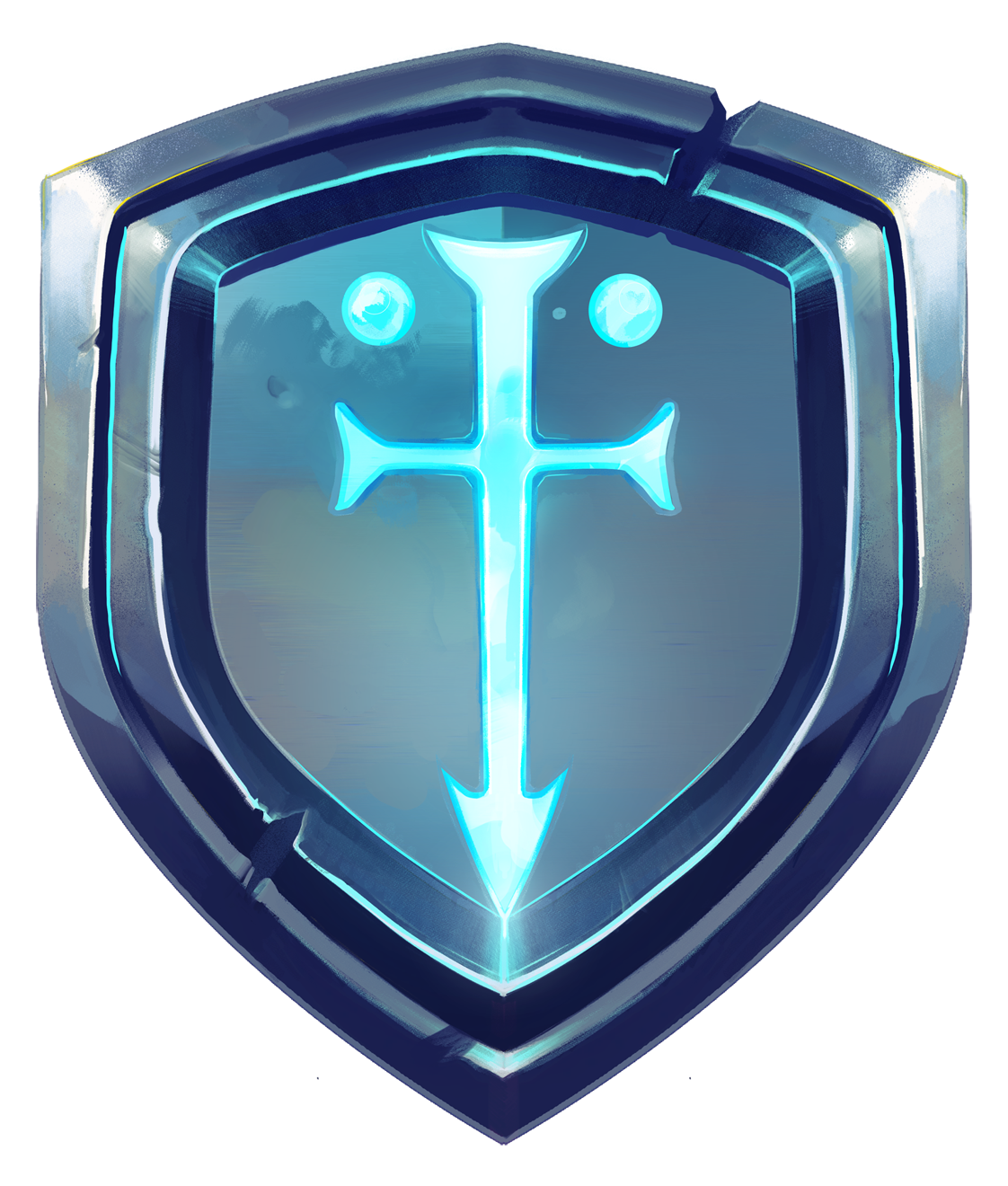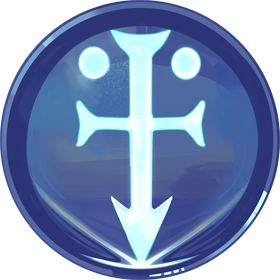How To Squat: Intro and Anatomy [Part I]
This week we are talking about the squat. If you are just starting out on your journey, learning a comfortable squat position and then loading it with weight is probably one of the simplest and most effective ways to prepare your body for adventure.
Anatomy
The first thing we need to address, as with all motions, is anatomy. Whether you are an orc, a halfling, an elf, a goliath, or a tiefling…your anatomy is unique to you, even among your own races! While many adventurers fall into a typical range, many do not. That’s totally fine!
There are two categories of anatomy we need to consider:
the type that we can change,
the type that we cannot change
If a muscle is tight, or there is some other tissues in a joint that are tight…there are things we can do about that.
However, if your bones are shaped or angled a little bit differently, that is something no stretch is going to fix. In that case we’ll have to either change the range of motion where we perform the movement, or find a way to perform the same motion differently. Today we’re going to go over the anatomy that we can’t really change.
THE HIP
One of the things we cannot change is how our leg fits into our hip bone. Sometimes the little lego piece that juts out of our thigh bone enters into the hip socket at a higher or lower angle. People with higher angled legos are going to feel comfortable in a wider stance. Lower angled legos..in a narrower stance.
Eep! So there is no one size fits all squat width.
Sometimes the lego piece is angled more towards your front side (anteversion) or towards your backside (retroversion). Similarly, the socket the lego goes into can also be angled forward or back. A retroverted hip is going to hit the hard stop of their squat sooner than an anteverted hip, some sources showing 20 degrees or more difference. [see picture]
Eep! So there is no one size fit all squat depth!
The easiest way to figure out where you are in all this is to find out where you are comfortable, and then do that. The second easiest way is to have someone like us work with you one-and-one and assess it with our magesight. The third easiest or hardest way, is to take yourself through a few simple movements to see where along the spectrum you lie. Don’t worry, I’ll show you how to do that later this week.
THE LEGS
The leg bone that connects to the hip is called the femur. Someone with longer femurs (like a goliath)is going to have a harder time getting to the bottom of a squat. A longer femur means you will have to lean forward MORE and be LESS upright in order to lift the same weight! [its just physics boi]
Someone with shorter femurs will have an easier time getting to the very bottom of a squat.(halflings ahoy!).
Eep! No one size fit all guide to leaning forward or upright!
It’s not a technique thing.
It’s an anatomical thing!
Would you make fun of a Goliath for having to duck down to fit into a doorway? Of course not! That’s just how he’s made. (Also, do you really want to make fun of a Goliath? Do you?)
CONCLUSION
There is no one size-fits-all squat. A large size goliath is going to squat differently than a small halfling. This is why it is really helpful to have a guide who can assess you before you start off on your journey (like the clerics here at FortifySTR).
However, our goal is to get this information out there to as many adventurers as possible…so we want to give you some curated info that will help you understand your body and this movement so you can go out there and kick a Beholder’s ass.
In our next article, we’ll be going over the anatomical changes we CAN fix. That means…wait for it…mobility.








